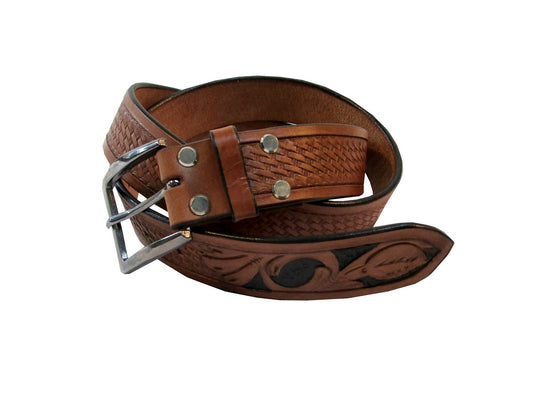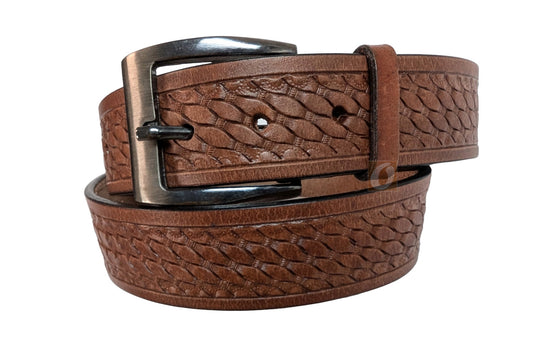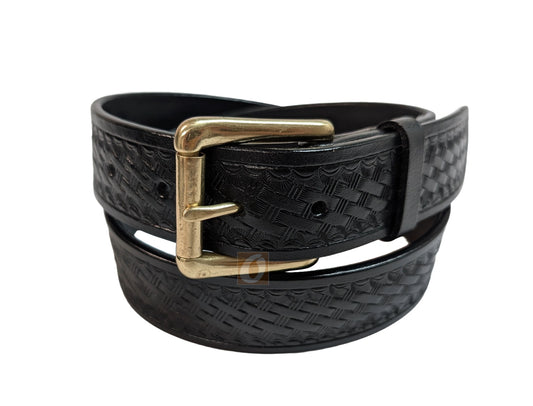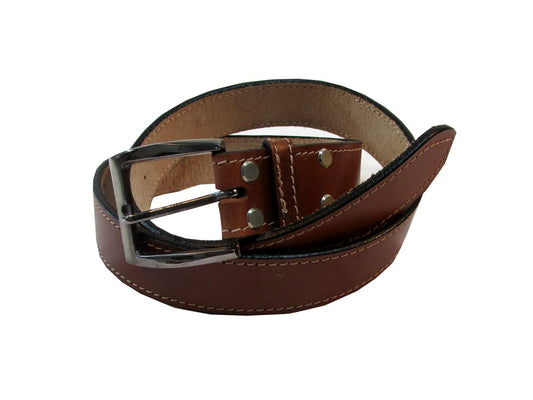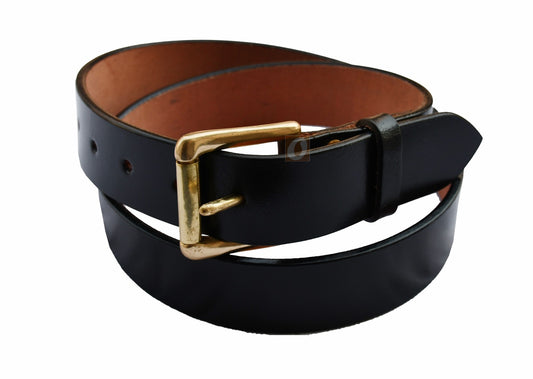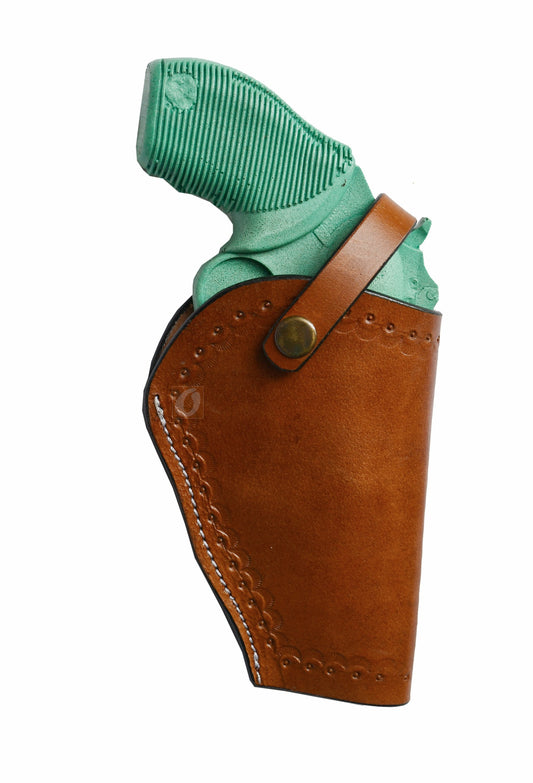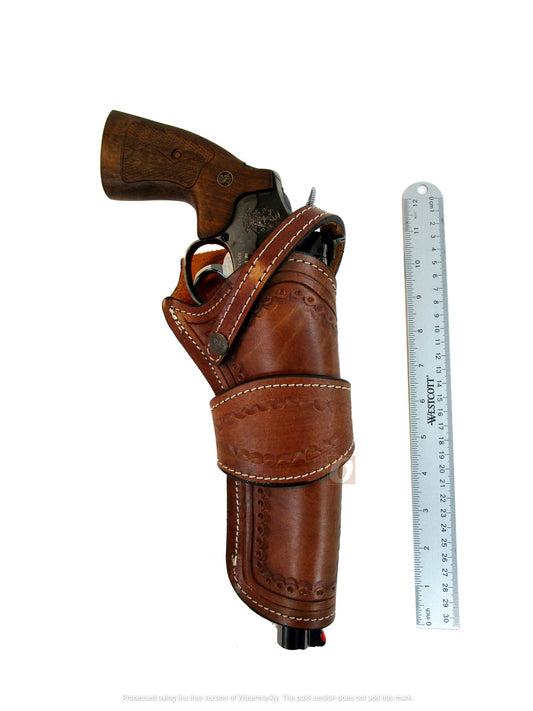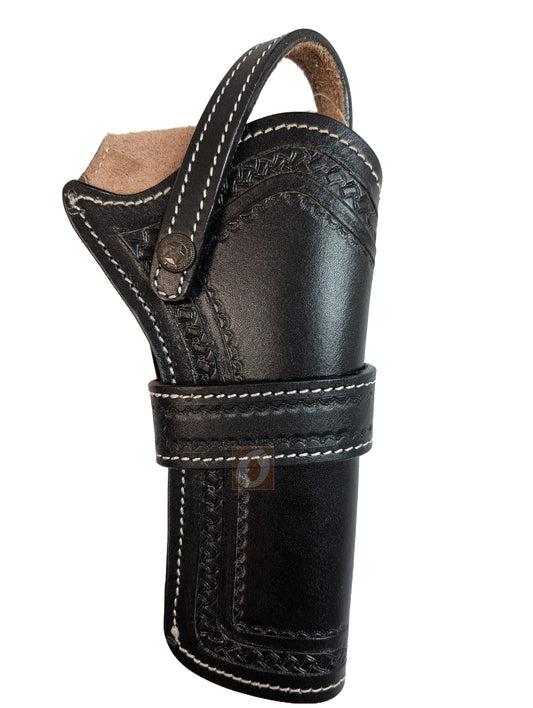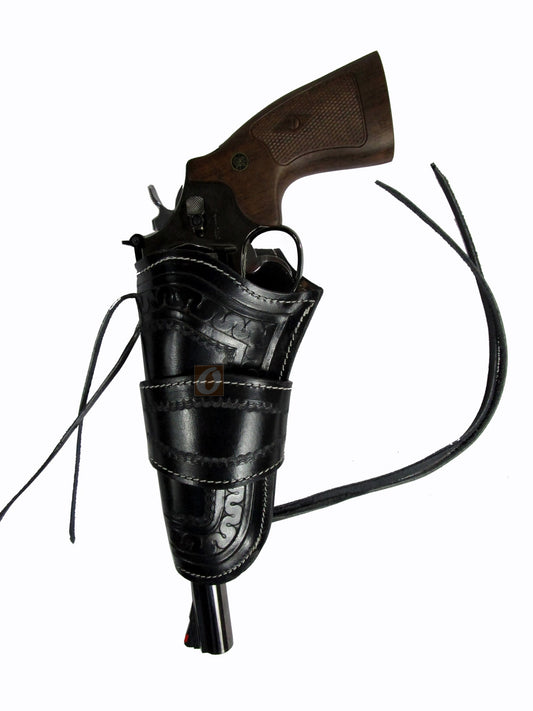The Evolution of Gun Holsters: From History to Modern Design
How Gun Holsters Evolved from Classic Leather to Modern Innovation
Gun holsters have come a long way from frontier utility to refined everyday gear. What began as simple leather scabbards is now purpose-built equipment focused on safety, concealment, retention, and all-day comfort.
From Old West Utility to Modern Performance
Early Western holsters prioritized quick access and durability. As carry needs moved from open country to towns and daily life, designs shifted toward safer trigger coverage, consistent retention, and body-conforming comfort.
Key Design Shifts and Materials
Leather foundations
- Rugged, quiet draw, molds to the body with wear.
- Excellent for EDC and field carry when paired with a supportive belt.
Kydex and hybrids
- Consistent retention, minimal maintenance, fast draw.
- Hybrid backers improve comfort against the body.
Concealment-first geometry
- Slim profiles reduce printing for IWB/AIWB.
- Adjustable cant and ride height personalize fit and access.
Supportive Section: Choosing What Fits Your Use
- Daily concealed carry: Look for IWB with adjustable retention and rounded edges.
- Range and training: OWB with stable mounting and clear draw path.
- Seated or cross-body access: Consider a properly set crossdraw holster.
Internal Link Cluster
- How to Choose the Right Holster for Your Firearm
- How to Break In a New Holster
- Leather vs Kydex Holster – FAQs
Call to Action
Ready to upgrade your carry? Explore model-specific options and proven everyday rigs:
Leather Holsters | Glock Holsters | 1911 Holsters | Suede Holsters
FAQ
Are leather holsters still relevant?
Yes. They’re quiet, durable, and become more comfortable as they mold to you—great for long wear with a quality belt.
When is Kydex the better choice?
When you want crisp retention, low maintenance, and repeatable re-holstering—often preferred for training and OWB.
Can one holster cover every situation?
Some are versatile, but performance improves when you match holster type to the task (IWB for concealment, OWB for range, crossdraw for seated access).


